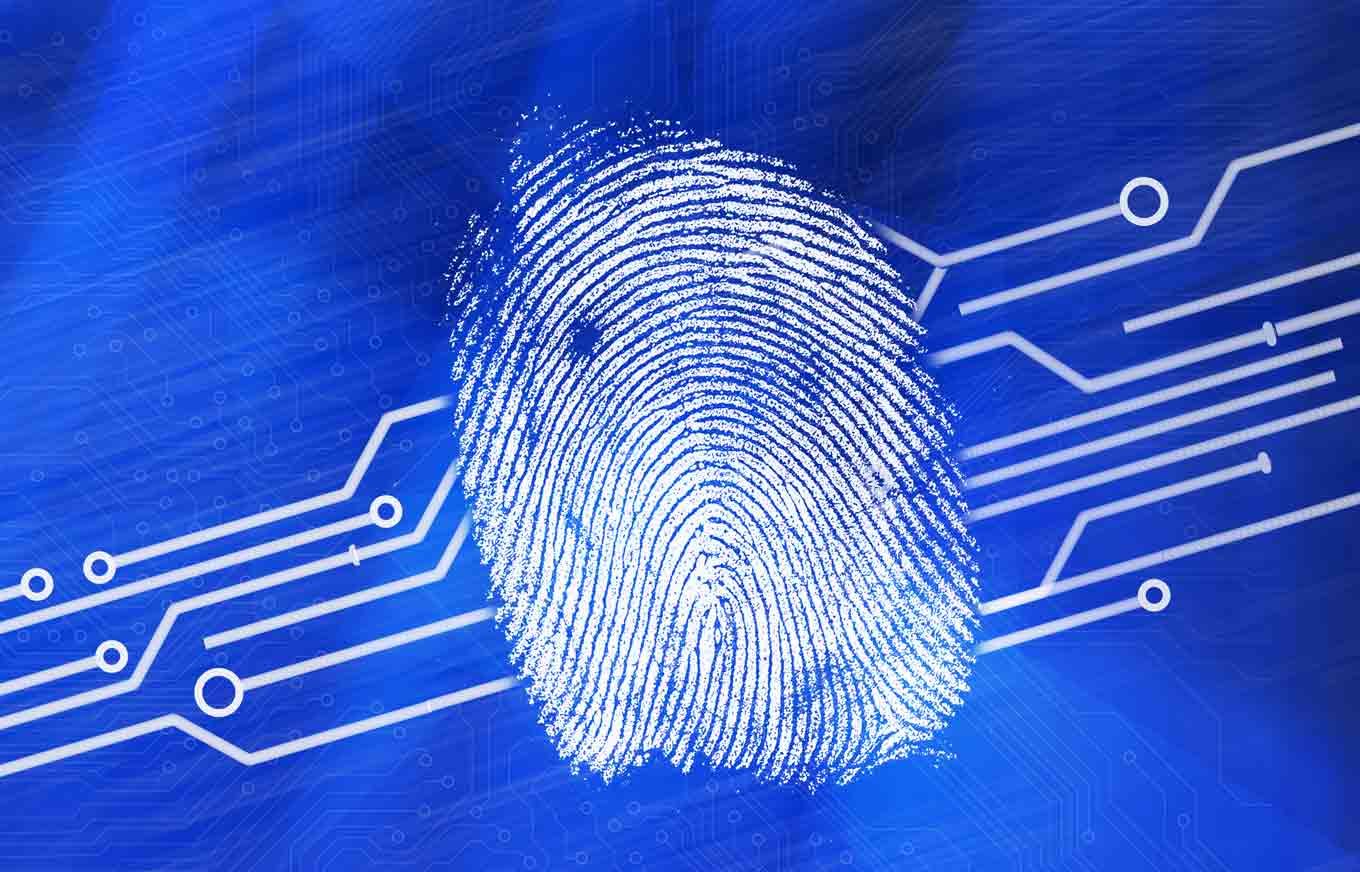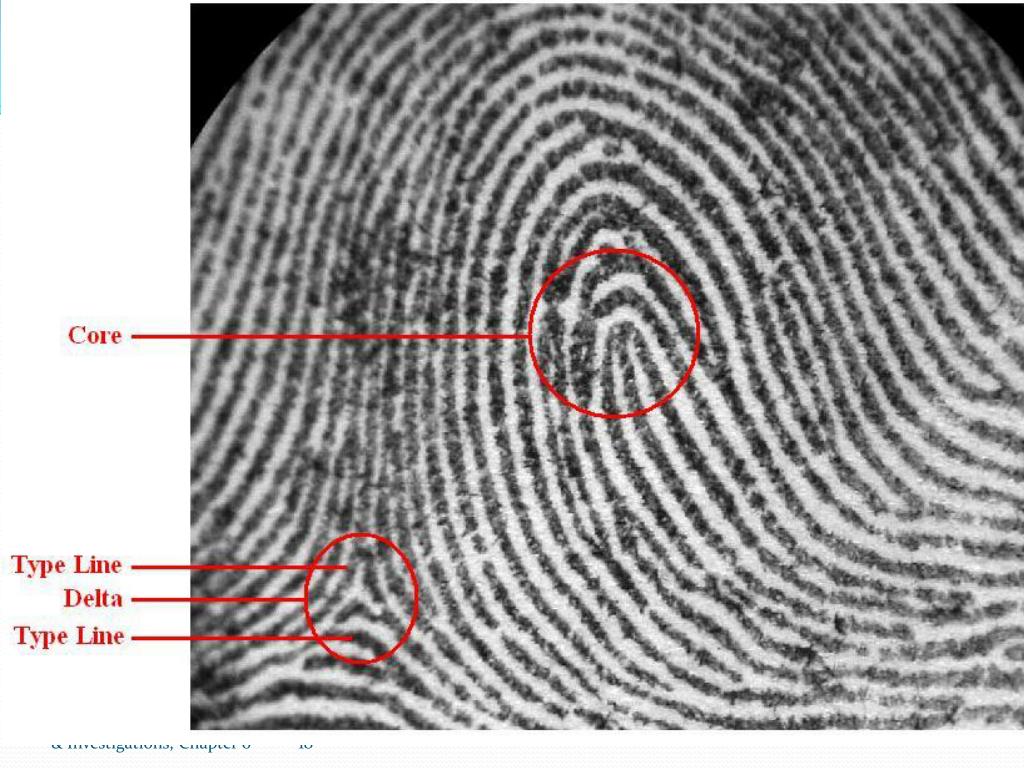
Then technologies to automate the fingerprint feature extraction and comparison were developed, and AFIS systems were implemented on a large scale in order to improve the process of identification of repetitive offenders based on the 10-print cards. The AFIS technology was initially developed in order to overcome the limitations of the paper-based fingerprint collections, by digitizing the 10-print cards in computerized databases. This article describes the development and the forensic uses of automated fingerprint identification systems (AFIS).

EER values are re- duced (relatively ∼20%) when Level 3 features are em- ployed in combination with Level 1 and 2 features. Our experiments on a median-sized database show that Level 3 features carry significant discriminatory information. Level 3 features are automatically ex- tracted using wavelet transform and Gabor filters and are locally matched using the ICP algorithm. We develop a matcher that utilizes Level 3 features, including pores and ridge contours, for 1000dpi fingerprint matching. As a result, increasing the scan resolution does not provide any matching performance im- provement (1). Although high resolution sensors (∼1000dpi) have become commercially available and have made it possible to reliably extract Level 3 features, most Automated Fin- gerprint Identification Systems (AFIS) employ only Level 1 and Level 2 features. Exper-imental results show our method to be superior to those described in the literature.įingerprint friction ridge details are generally described in a hierarchical order at three levels, namely, Level 1 (pat- tern), Level 2 (minutiae points) and Level 3 (pores and ridge shape). We have compared our method with other methods described in the literature in terms of matched minutiae, missed minutiae, spurious minutiae, and flipped minutiae(between end points and bifurcation points). Images of varying quality have been used to evaluate the performance of our approach. The enhancement algorithm has been implemented and tested on fingerprint images from FVC2002. Usually, tra-ditional median filter is the most effective method to remove pepper-and-salt noise and other small artifacts, the proposed DMF can not only finish its original tasks, it can also join broken fingerprint ridges, fill out the holes of fingerprint images, smooth irregular ridges as well as remove some annoying small artifacts between ridges. Gaussian-distributed noises are reduced effectively by Anisotropic Filter, "impulse noises" are reduced efficiently by DMF. Therefore, this paper describes a new approach to fingerprint image enhancement, which is based on integration of Anisotropic Filter and direc-tional median filter(DMF). We observe that noisy valley pixels and the pixels in the interrupted ridge flow gap are "impulse noises". In particular, effective methodology of cleaning the valleys between the ridge contours are lacking.

Although several methods have been de-scribed in the literature, there is still scope for improvement. Most Automatic Fingerprint Identification Systems (AFIS) use some form of image enhancement. Different types of noises in the fingerprint images pose greater dif-ficulty for recognizers. The performance of any fingerprint recognizer highly depends on the fingerprint image quality. This paper shows a better solution for recognizing people, which helps to solve security related problems in human life. Thus reducing the probability of error in human recognition and solves maximum problems of fingerprint recognition. The whole system basically uses extensive Image processing for minutiae based palmtop recognition.

The circuitry system consists of two unique states door open and door lock. This system provides input for an electric circuit.

Here, the palmtop recognition system works by taking an image of the person, partitioning it, processing it and finally verifying the person. This paper presents work done on minutiae based palmtop recognition system for automatic door open and locking system. The technology has broad use mainly for its easiness, reliability and accuracy in human identification process. One of the extensive uses of biometric technology is a fingerprint recognition system. Biometric technology is used to identify a person based on his/her physical behavioral characteristics.


 0 kommentar(er)
0 kommentar(er)
